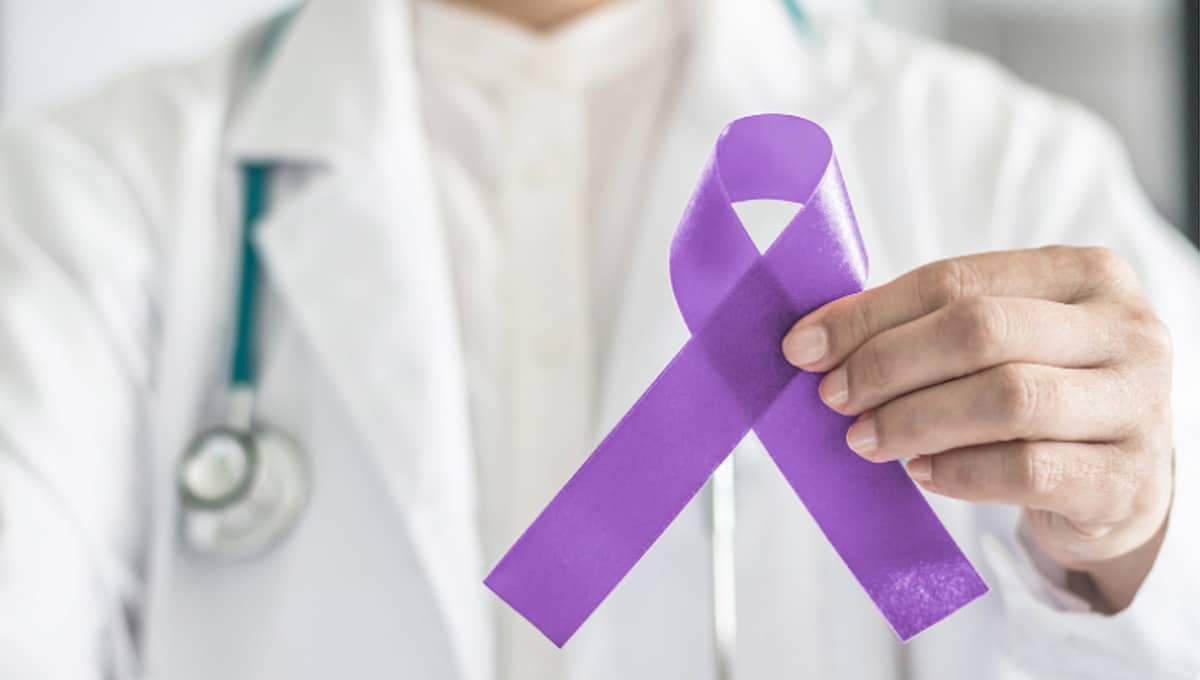Key Takeaways:
- Testicular cancer is the most common cancer in men between 15 – 35 and treatments include surgery, chemotherapy, radiation therapy, dietary and lifestyle changes, herbal supplements and acupuncture.
- Each treatment carries benefits and risks which require investigation and consultation with a medical professional before making a decision.
- Advanced Urology Institute provides comprehensive urological services for residents of Broward, Miami-Dade and Palm Beach Counties.
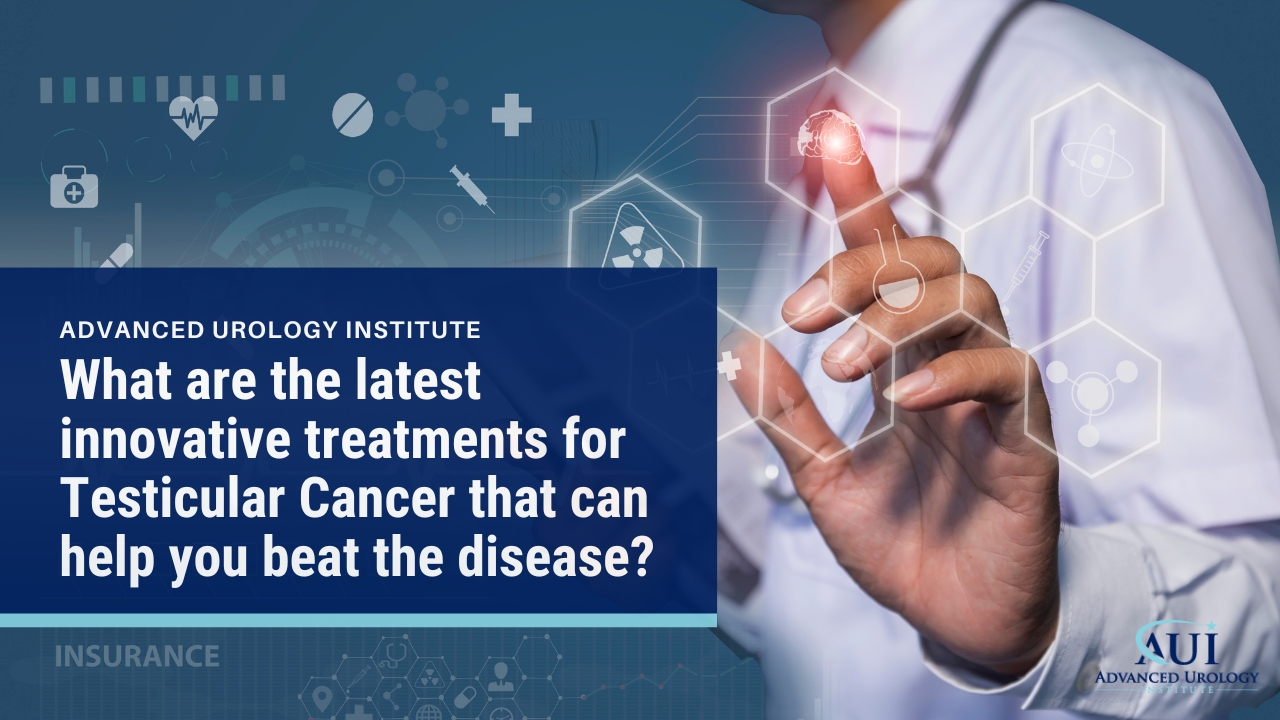 Testicular cancer is a disease caused by the rapid and abnormal growth of cells in the testicles, and it is the most common cancer in males between the ages of 15 and 35. While there is no clear reason why this type of cancer occurs, it is important to be aware of the available treatment options in order to properly address the issue. There are a variety of innovative treatments that can help individuals beat testicular cancer and achieve long-lasting health outcomes.
Testicular cancer is a disease caused by the rapid and abnormal growth of cells in the testicles, and it is the most common cancer in males between the ages of 15 and 35. While there is no clear reason why this type of cancer occurs, it is important to be aware of the available treatment options in order to properly address the issue. There are a variety of innovative treatments that can help individuals beat testicular cancer and achieve long-lasting health outcomes.
Traditional treatments for testicular cancer include surgery, chemotherapy, and radiation therapy. Surgery involves the removal of the affected testicle or testicles through orchiectomy. This is a minimally invasive procedure that can be done on an outpatient basis, with most individuals able to resume regular activity within a few days. Chemotherapy uses special drugs to kill cancer cells and can be used before or after surgery. Radiation therapy uses targeted radiation beams to kill cancer cells and is typically only used for advanced cases, in cases where the cancer is at a high risk of coming back, or when other treatments have not been successful.
Alternative treatments are also available for those looking to treat testicular cancer without traditional methods. Dietary and lifestyle changes can be beneficial for some cases and may include eliminating or reducing caffeine and alcohol consumption, eating a well-balanced diet, exercising regularly, and reducing stress. Herbal supplements have also been used to treat the disease, although there is limited evidence to support their effectiveness. Acupuncture has been suggested as a treatment for some, however it is important to remember that there is no certainty of its effectiveness in treating cancer.
Benefits and risks must be considered when it comes to any type of treatment for testicular cancer. The potential benefits of traditional treatments include the possibility of a complete cure or long-term remission, while the potential risks or side effects can vary greatly depending on the individual and the treatment being used. When considering alternative treatments, it is best to consult a medical professional before making a decision to ensure safety and efficiency.
In conclusion, there are a variety of treatments available for testicular cancer, ranging from traditional treatments such as surgery and chemotherapy, to alternative treatments such as dietary and lifestyle changes, herbal supplements, and acupuncture. Each treatment carries its own set of benefits and risks, and it is important for individuals to discuss them with their doctor in order to make the most informed decision. With the right treatment plan, testicular cancer can be successfully beaten.
It is important to research each treatment option and discuss them with a qualified urologist to ensure that the proper treatment plan is being tailored to meet the individual’s needs. At Advanced Urology Institute, we offer comprehensive urological services and an experienced team of board-certified urologists. We are the largest urology practice in Florida, providing services to residents of Broward, Miami-Dade, and Palm Beach counties. Contact us today to learn more.
REFERENCES:
- “Testicular Cancer: Symptoms, Diagnosis & Treatment.” https://www.urologyhealth.org/urology-a-z/t/testicular-cancer.
- “Testicular Cancer: Types of Treatment.” https://www.cancer.net/cancer-types/testicular-cancer/types-treatment.
- “Surgery for Testicular Cancer | Orchiectomy | Testicle Removal.” https://www.cancer.org/cancer/testicular-cancer/treating/surgery.html.


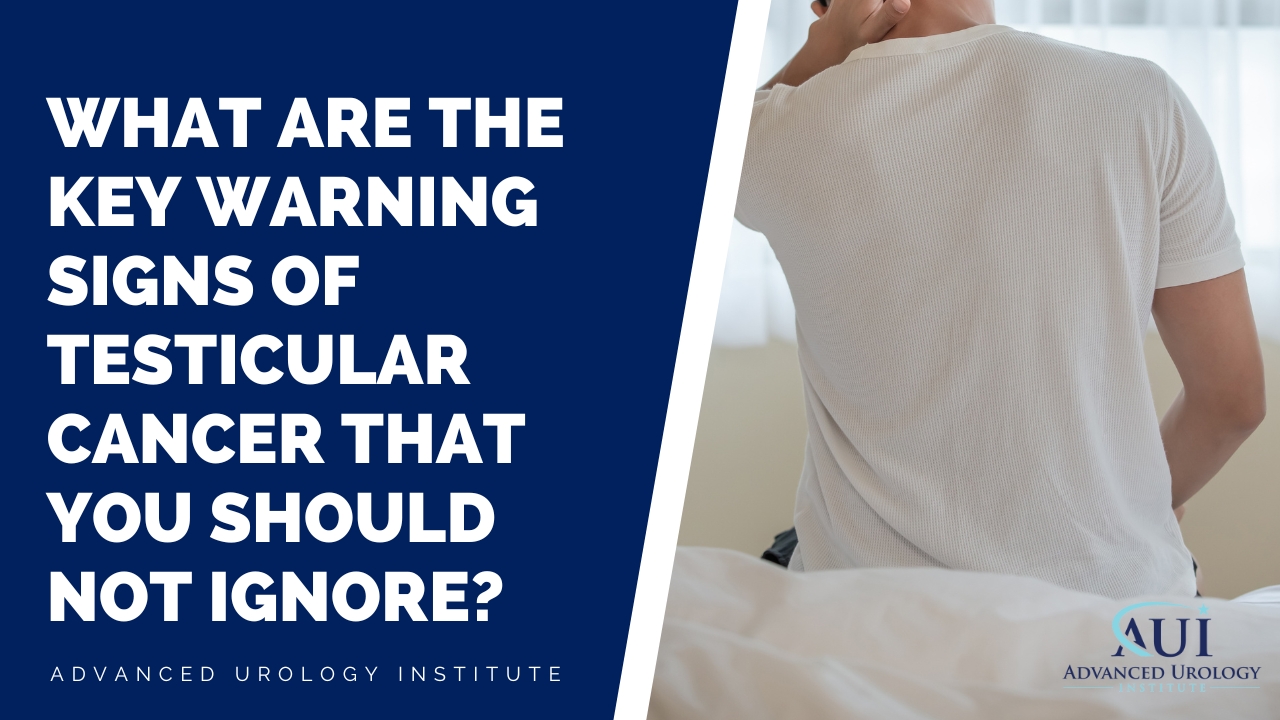

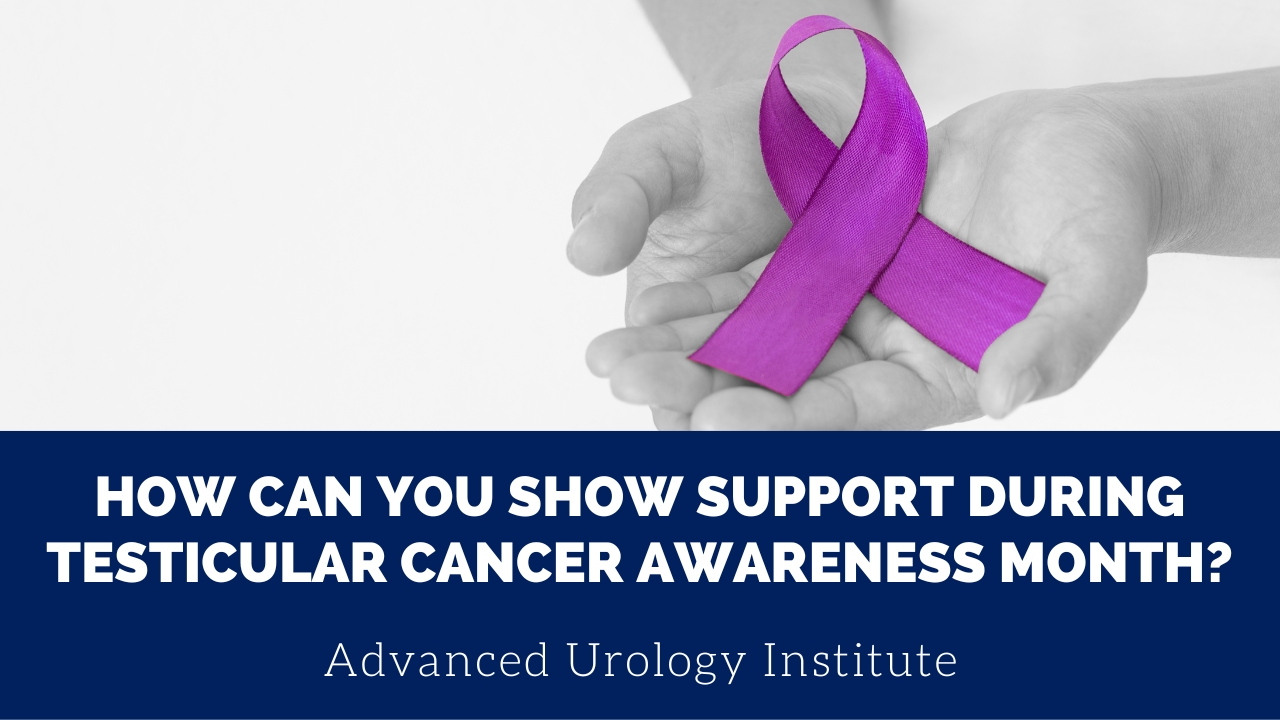
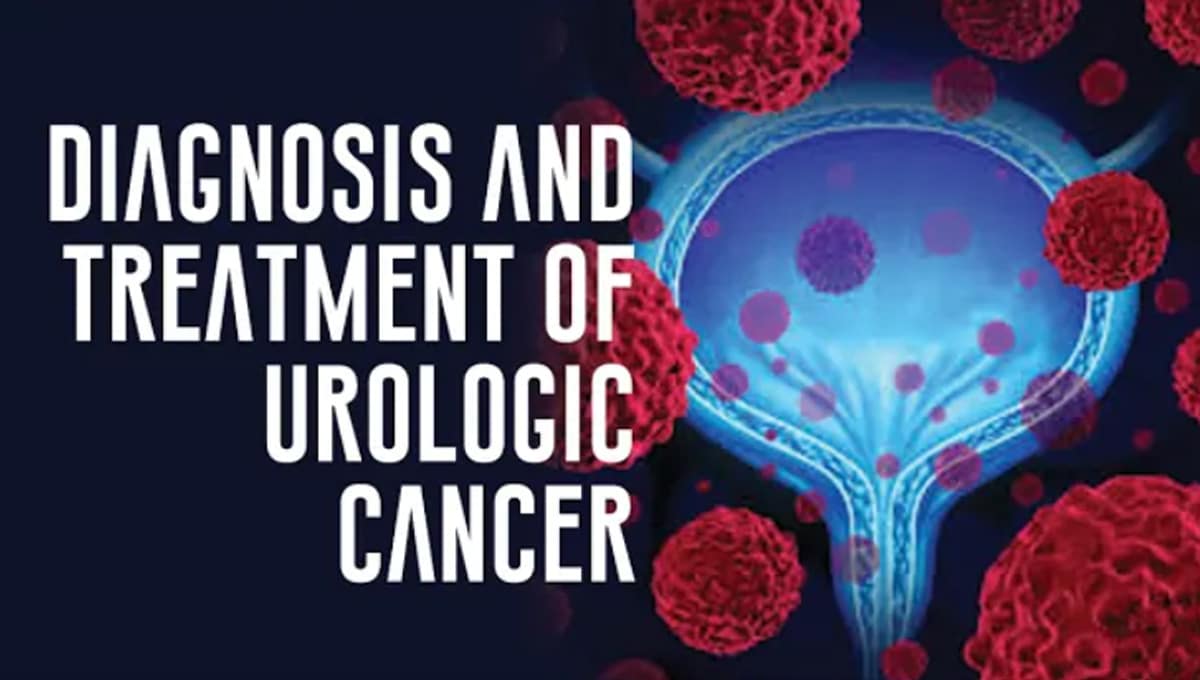
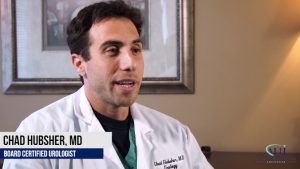 At Advanced Urology Institute, we understand that
At Advanced Urology Institute, we understand that 